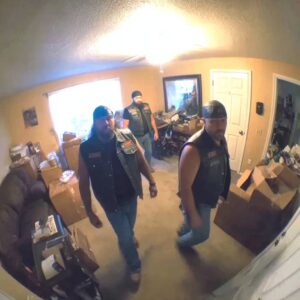For decades, the Mariana Trench — deeper than Mount Everest is tall — was imagined as one of the last untouched places on Earth.
A world so remote that sunlight never reaches it and human footprints seemed impossible to find. That belief
changed the day researchers spotted something shocking on its floor: a single plastic bag lying in the darkest
part of the ocean. That quiet moment became a global alarm — proof that human waste has reached even the most unreachable parts of the planet.
Far below the surface, where pressure could crush steel and silence replaces sound, life still thrives. Fragile coral,
drifting jellyfish, and rare species adapted to darkness form a delicate ecosystem. But when plastic settles among them,
it does not simply rest. Research shows that nearly one in five pieces of deep-ocean plastic has already
interacted with marine life — tangling, trapping, or altering the habitats these creatures depend on.
In a place where change happens over centuries, even small disturbances echo loudly.
The plastic found there does not come from deep-sea activity — it arrives from us. Bags, wrappers, and packaging
used for minutes on land can travel for thousands of miles through rivers and currents before sinking to the ocean floor.
Studies estimate that about 89% of plastic found in the Mariana Trench comes from single-use products discarded
on the surface. What we throw away does not disappear — it migrates, survives, and leaves a trail in places we will never visit.
That plastic bag in the trench is not just debris — it is a message. It reminds us that our daily habits shape
environments we will never see and generations we will never meet. Protecting distant ecosystems begins with
simple steps like reusing, reducing waste, and re-thinking convenience. When individuals make thoughtful choices,
the effects travel just as far as the harm once did — only this time in the right direction.





